
M EDICINE & C OMPASSION

Wisdom Publications, Inc.
199 Elm Street
Somerville MA 02144 USA
www.wisdompubs.org
2006 Chokyi Nyima Rinpoche and David R. Shlim
All rights reserved.
No part of this book may be reproduced in any form or by any means, electronic or mechanical, including photography, recording, or by any information storage or retrieval system or technologies now known or later developed, without permission in writing from the publisher.
Library of Congress Cataloging-in-Publication Data to the cloth edition Nyima, Chokyi, 1951
Medicine & compassion : a Tibetan Lamas guidance for caregivers / Chokyi Nyima Rinpoche ; with David R. Shlim ; translated by Erik Pema Kunsang. foreword by Harvey Fineberg and Donald Fineberg.
p. cm.
ISBN 0-86171-478-4 (hardcover : alk. paper)
1. MedicineReligious aspectsBuddhism. 2. CompassionReligious aspectsBuddhism. 3. BuddhismChinaTibetDoctrines.
I. Shlim, David R. II. Title. III. Title: Medicine and compassion.
BQ4570.M4N95 2004
294.3'3661dc22
2004012882
ISBN 0-86171-512-8
11 10 09 08 07 06
6 5 4 3 2 1
Cover design by Rick Snizik
Interior design by Gopa & Ted2, Inc. Set in Fairfield LH Light 10.5/16.
Wisdom Publications books are printed on acid-free paper and meet the guidelines for the permanence and durability set by the Council of Library Resources.
Printed in the United States of America.
 This book was produced with environmental mindfulness. We have elected to print this title on 50% PCW recycled paper. As a result, we have saved the following resources: 26 trees, 18 million BTUs of energy, 2,318 lbs. of greenhouse gases, 9,621 gallons of water, and 1,235 lbs. of solid waste. For more information, please visit our web site, www.wisdompubs.org .
This book was produced with environmental mindfulness. We have elected to print this title on 50% PCW recycled paper. As a result, we have saved the following resources: 26 trees, 18 million BTUs of energy, 2,318 lbs. of greenhouse gases, 9,621 gallons of water, and 1,235 lbs. of solid waste. For more information, please visit our web site, www.wisdompubs.org .
The bottom line is that being a kind, aware, and relaxed person doesnt require the belief in past and future lives, or the law of karma. It has to do with how we conduct ourselves, how we train our own minds. When we do it in the right way, all good qualities start to manifest from our mind, and all negative traits begin to grow less and less. The whole spiritual path is contained within just that.
Chokyi Nyima Rinpoche
In an absolute sense, compassion is the awakened nature of the mind.
Dilgo Khyentse Rinpoche
This book is dedicated to the memory of Tulku Urgyen Rinpoche, Chokyi Nyima Rinpoches compassionate and accomplished father, who embodied every quality described in this book. He remains an inspiration.
The leaf on the cover is from the Bodhi tree, a large shade tree commonly found in Nepal and India. It was a Bodhi tree that sheltered the Buddha as he meditated and attained enlightenment. In Buddhist philosophy the leaf symbolizes loving-kindness .
Table of Contents
A physician shall be dedicated to providing competent medical care, with compassion and respect for human dignity and rights.The first principle of the Code of Medical Ethics of the American Medical Association
E very doctor knows what it takes to become technically competent: learn more about scientific advances and the latest, successful drugs and procedures. How many physicians, however, have any sense of how to become more compassionate? Are some simply more inclined than others to be compassionate? Is it how they are born? Can you develop compassion in the same sense that you acquire other knowledge and skills that make up the craft of medicine?
The thesis of this exceptional book answers clearly: the conscientious physician can learn compassion. It can be done. A remarkable American physician, David Shlim, has done it. More importantly, he and his coauthor, the Tibetan lama Chokyi Nyima Rinpoche, describe how you can as well. Their approach to compassion in medicine emerged from their twenty-year relationship and derives from the philosophy of Tibetan Buddhism. It would be a mistake, however, to think that only an adherent of Buddhism could gain from reading, reflecting, and acting on this books ideas. Beyond a statement of philosophy, this work provides practical guidance to anyone who seeks to become more compassionate.
Michelangelo was said to sculpt by liberating the figure within the marble. In similar fashion, Chokyi Nyima Rinpoche teaches here that compassion lies within each of us and emerges after removing the stumbling blocks of greed, anger, and ignorance. This requires effort and the mastery of technique, but compassion itself is not a technique. Compassion arises together with being a complete, understanding, and open person. In contemporary psychological terms, a focused intention to develop compassion takes advantage of the principles of cognitive consonance. Equipped with the knowledge of how to tap into your compassion, and acting on this understanding, you bring this feeling into your work and into your life. Your personal growth and professional depth go hand in hand.
The same qualities of mind that foster compassiontolerating uncertainty, moment-to-moment awareness, openness to new informationcan also engender better clinical decision-making. Compassion promotes competence. Compassionate physicians stay better focused on the true needs of their patients while taking full advantage of expert knowledge in treating them. In this way, compassion directly expresses patient-centered care, a key constituent of high-quality health care. Indeed, this concept was identified as a major dimension of quality in a 2001 report by the Institute of Medicine, Crossing the Quality Chasm: A New Health System for the 21st Century .
Medicine and Compassion reminds us that a compassionate physician copes better than one who is not. Compassion not only produces better care for the patient, it also strengthens the physicians ability to engage the difficult clinical situations of the terminally ill patient, the demanding patient, or the frustrated patient. Strengthening our compassion reminds us, too, of the motivation that led many to choose a career in medicine. In the face of multiple demands on doctors today, such reminders are more welcome than ever.
H ARVEY V . F INEBERG , M.D. , P H .D.
President, Institute of Medicine of the National Academies
Washington D.C.
D ONALD E . F INEBERG , M.D.
Psychiatrist
Santa Fe, New Mexico

M EDICINE AND COMPASSION I dont think I ever heard those words spoken together in medical school. This comment from a friend, as I began to put this book together, alerted me to just how foreign a concept training in compassion might be. I had been living in Nepal for the past fifteen years running the worlds busiest destination travel clinic. I had also been studying Tibetan Buddhism, and I had discovered that there is a body of knowledge on cultivating compassion that could greatly benefit a motivated caregiver.
In this book, Chokyi Nyima Rinpoche, a Tibetan lama who is the head of a large monastery in Nepal, presents a vision of kind, compassionate, and wise caregivers, and how we could train to be more like that. The book is timely, as it presents an antidote to the current climate in medicine that is dominated by high technology and an increased intrusion in medical care by financial considerations. Compassion for the patient, when considered at all, is assumed to already be present within the medical encounter simply because the purpose of the encounter is to try to make someone feel better or live longer. Even were a physician inspired to be more overtly compassionate, or able to handle difficult patients and situations with more grace, there is nowhere to go to develop that capacity.
Next page


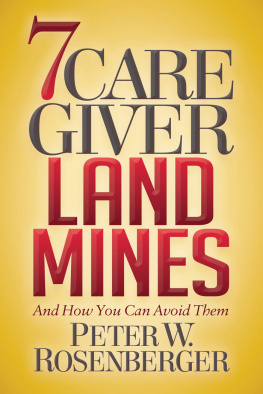
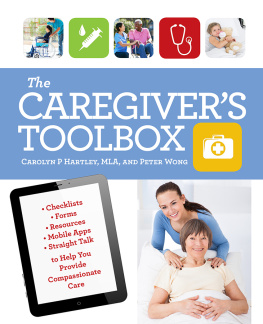
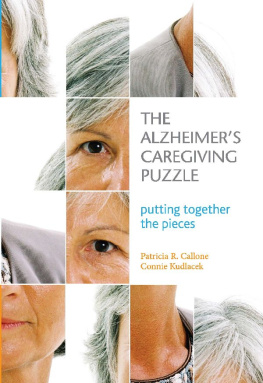
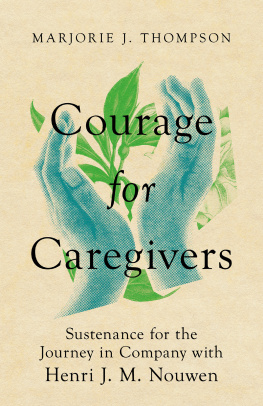
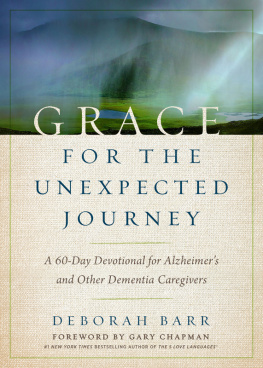
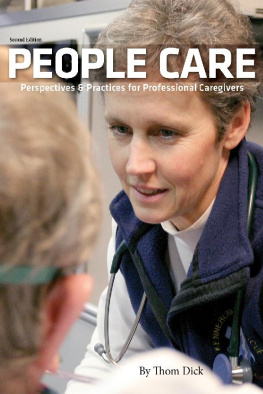
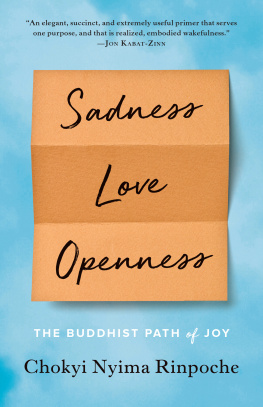


 This book was produced with environmental mindfulness. We have elected to print this title on 50% PCW recycled paper. As a result, we have saved the following resources: 26 trees, 18 million BTUs of energy, 2,318 lbs. of greenhouse gases, 9,621 gallons of water, and 1,235 lbs. of solid waste. For more information, please visit our web site, www.wisdompubs.org .
This book was produced with environmental mindfulness. We have elected to print this title on 50% PCW recycled paper. As a result, we have saved the following resources: 26 trees, 18 million BTUs of energy, 2,318 lbs. of greenhouse gases, 9,621 gallons of water, and 1,235 lbs. of solid waste. For more information, please visit our web site, www.wisdompubs.org .